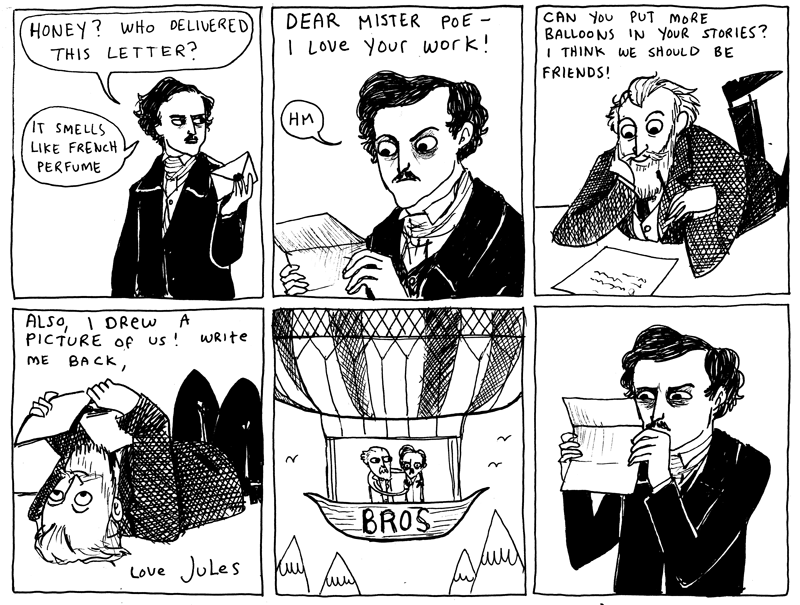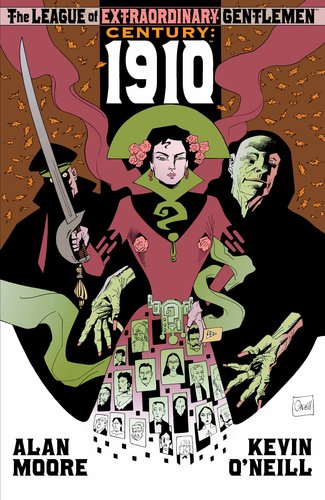Curate, Curate, Curate — An interview with James Daunt, the new managing director of Waterstone’s, in The Independent:
“You have to let the booksellers decide how to curate their own stock,” he says. “The skill of a good bookseller is how you juxtapose your titles, and create interesting displays, and reflect what your community wants… The computer screen is a terrible environment in which to select books. All that ‘If you read this, you’ll like that’ – it’s a dismal way to recommend books. A physical bookshop in which you browse, see, hold, touch and feel books is the environment you want.”
An epic three–part interview with the ever-quotable Alan Moore at Honest Publishing:
[T]he people actually producing technology, such as Kindle and iPad, these are always the people who are telling us that we have to have these things. And being the type of creatures that we are, a fair number of us will naturally fall into that, will perhaps assume that as a status symbol it’s much better to be seen reading a Kindle than a dog-eared paperback. Although I will note that the last two or three times I’ve taken train journeys, everybody around me was sitting round reading a dog-eared paperback. I tend to think that for most people the idea of the book, with its easy portability, where you can turn the corner of a page down, where you are basically working with ordinary, reflected light rather than screen radiance, I think that the book will end up as the reading method of choice.
See also: A full, unabridged version of Laura Sneddon’s interview with Moore for The Independent.
And on the subject of authors with beards…
Neal Stephenson, author most recently of REAMDE, talks to The New York Times about the future:
What I’m kind of hoping is that this is just kind of a pause, while we assimilate this gigantic new thing, ubiquitous computing and the Internet. And that at some point we’ll turn around and say, ‘Well, that was interesting — we have a whole set of new tools and capabilities that we didn’t have before the whole computer/Internet thing came along…Now let’s get back to work doing interesting and useful things.’
And finally…
Terry Gilliam talks movies with the LA Times:
Comments closed“The thing is, some really good scripts come my way, but there’s nothing in them for me to come to grips with, they are complete in themselves,” Gilliam said. “There’s no uncertainty. I don’t look for answers; I look for questions. I like when people leave the cinema and feel like the world has been altered for them somewhat. On ‘Brazil,’ I know a woman who said she saw the film, went home and later that night she just started weeping. I also heard about an attorney who saw the film and then locked himself in his office for three days. Fantastic.”
















